 |
| Can you guess the focal length? Photo by Wenmei Hill |
We handle a lot of glass in the DPReview office, but there always seems to be a handful of lenses or fixed lens cameras that everyone is extra eager to lay some paws on. Which got us thinking of a fun hypothetical: If we could only choose one lens to use for the rest of time, what would it be?
To keep things interesting, and to vary the answers, we opened the question up to include one lens in particular or one focal length. The photograph that accompanies each answer was shot with that staff member’s chosen lens or focal length. We purposely didn’t list the gear used. See if you can guess!
Carey Rose
 |
| Any guesses what focal length Carey gravitates toward? |
Before I worked at DPReview, I would have immediately chosen the 35mm focal length. Now that I’ve worked at DPReview for some time, I have to say… I haven’t really changed my mind.
Splurging on a battered old D700 after college left me without enough money to pick up anything approaching a fast zoom, so I started building up a collection of affordable Nikon AF-D primes: a 50mm F1.8, a 35mm F2, an 85mm F1.8. I quickly realized that I just wasn’t a zoom guy, and the 35mm F2 was glued to my camera most of the time. A used X100 was a natural next step for a more portable setup when I scored a good deal on one.
Even today, after using lens after lens and camera after camera for review after review, the 35mm focal length remains my go-to. It doesn’t matter whether I’m headed to shoot an event, a wedding, an environmental portrait, or just strolling around when some nice light hits, it’s more likely I’ll have a 35mm lens with me than any other.
Wenmei Hill
 |
| Wenmei likes versatility. Did she choose a zoom or a prime? |
I’m going to take the easy way out and pick a zoom lens rather than a single focal length. My choice is the Nikon AF-S 24-120mm F4G ED VR, and my excuse is that the majority of shooting I do (documentary lifestyle and candid portraiture) requires a flexibility that is difficult to get with a single focal length.
I’m choosing the 24-120mm even though it’s not one of my ‘favorite’ lenses because it is relatively small, lightweight and versatile enough to get the variety of shots I look for when photographing. I am able to immerse myself in a scene at 24mm but also step back for a portrait at 120mm, using the longer focal length to get pleasing bokeh and separation from the background.
Shooting it on a DX-format body gives me even more reach at the long end (180mm equivalent) for portraits. I already use this lens as my everyday lens when I don’t have a particular creative plan and want to be prepared for anything, so it’s the one I’d choose if I had to pick just one.
Dale Baskin
 |
| Dale chose a specific focal length that he didn’t always love. Can you guess what it is? |
This will probably seem like I’m going for the low hanging fruit, but I would choose 35mm. I used to be a solid 50mm guy, and if I wanted to go a bit wider I switched to 28mm, skipping 35mm entirely. My shift to 35mm began in earnest when I started shooting Fujifilm’s X100 series of cameras, which have a 35mm equivalent lens.
Now, one could argue that I’m choosing 35mm because I really enjoy the camera to which it’s attached, but that’s not the case. In fact, when I first started shooting the X100 I enjoyed it despite the focal length. It was actually the one thing I didn’t care for about the camera. However, as I continued to use it, I learned to adjust my style to take advantage of the 35mm field of view. After a few months, I found myself really enjoying it, so I decided to do a little experiment: I was about to embark on a trip to Brazil and decided to shoot my entire adventure at 35mm. The idea was both exciting and scary; I knew from experience that I would be giving up some shots by not having the right lens. However, I like to travel light, and I hate carrying camera gear, so I threw down the gauntlet and accepted my own challenge.
The upshot? I had a great trip and captured a lot of memorable images. Did I miss a few shots along the way? Sure, I did. But on the flip side, I got some great photos I would have otherwise missed because I forced myself to visualize every scene at 35mm instead of mentally switching to a different focal length. Now, no matter what camera I happen to be testing, one of the first lenses I always put on the front is a 35mm (or equivalent).
Sam Spencer
 |
| Sam chose a specialty lens. This image was shot using a similar lens, albeit with a different focal length. Do you know what it is? |
Forever? Forever ever? I’m sure I could do the practical thing and say ’24-70’, or be a motorsports spectator the rest of my life and say ’70-200’, but I’m weirder than that. If it was a lens for me to shoot what makes me happy for the rest of my days, it’d be the Nikon PC-E 85mm F2.8 for product, portrait, and automotive photography. The maximum magnification of 1:2 means I can get close for product, and use the tilt to either get more of the product in focus, or isolate the focal point. I like medium telephoto lenses for the narrower field of view that makes selecting a background out of a busy environment much easier, and even F2.8 can be bright enough to blur the background at 85mm. I’m a control freak, not a speed demon, so I’ll be watching eBay for a copy…
Dan Bracaglia
 |
| Dan’s image was shot with the equivalent of his favorite focal length. The image was cropped in slightly, still any ideas what he chose? |
The first and only lens I’d owned for many years was a 50mm. But as my interest in photography (and other activities) grew I found myself yearning for other lenses. If you’d asked me this question when I was 16 years old and shooting a lot of skateboarding, I probably would have said a fisheye is my favorite lens. If you’d asked me again when I was 18 or 19 years old and starting to get into photojournalism, I’d probably have said 24mm. If you’d ask me when I was 24-28 years-old, and reviewing cameras for a living, all why exploring the streets of NYC/Seattle, I most likely would have said 35mm. But these days, I’ve come full circle and 50mm is my focal length of choice if I could only shoot one lens for the rest of my life.
Sometimes overlooked or seen as pedestrian, there are plenty of reasons why a normal 50mm lens is number one in my heart and bag: For starters the nifty fifty is as practical as they come. Most manufacturers make a reasonably fast, yet inexpensive 50mm equiv. Moreover, I’d argue its the most versatile focal length of them all: in a pinch it can be used for portraiture or detail shots, in the same way a tele can. And it can also be used in some capacity as a wide-angle, if you have the room to move (I’ve shot many concerts with just a 50mm, without feeling a need for something wider). And if you get a reversal ring, you can mount a nifty fifty backward and use it for macro shooting!
For years I’ve carried a Nikon 50mm F1.8 in my bag as the ultimate backup for just about anything I’m shooting: weddings, concerts, portrait sessions, travel. It’s light cheap and versatile. But these days, the lens spends as much time mounted on my camera as glass I own costing 6x as much.
Jeff Keller
 |
| Jeff chose a workhorse zoom. Can you guess which one? |
Since I’m always shooting with something work-related, I don’t get to use my EOS 5D III very often. But when I do, my daily driver is the Canon EF 24-105mm F4L IS USM. Not the most exciting choice of lens, I admit, but for land- and cityscapes that I enjoy taking, it definitely fits the bill. The image stabilization works well, it focuses silently and the weatherproofing is helpful when you’re out at Snoqualmie Falls and it’s throwing mist. Naturally, not long after I bought the 24-105, the Mark II arrived, with new optics, better autofocus and new coatings to reduce lens flare and ghosting. The lens is larger and heavier than my Mark I model, which I consider a good size for its focal length and aperture.
It’s nice to see that Canon isn’t the only one offering a lens with this focal range. Sigma’s 24-105mm F4 DG OS HSM Art lens is even bigger and heavier than Canon’s Mark II version, but the build quality is excellent. And, according to DxO, it’s also a sharper lens. And did I mention that it’s a bit cheaper?
Thus, if I was stranded in a world with wonderful landscapes and cool architecture, the Sigma 24-105mm F4 Art would be permanently mounted on my 5D III.
Vladimir Bobov
 |
| Vladimir is our newest DPR team member. He makes sure the site works properly. Any guesses what focal length he chose? |
I wasn’t sure whether to bother praising the 50mm focal length. I figured that it’s so common, that talking about it would be either redundant at best or boring at worst. However, sorting my photo collection by focal length showed that I took more photos with a 50mm (on a 35mm full frame camera) than with any other lens, including the more versatile zooms.
So why pick the “normal” prime for the rest of my life? Versatility and portability. It’s the perfect lens for candid portraits in a casual setting – fast enough to use in low light, and small enough to not intimidate the subject. Wide enough for full-body and group portraits, and good enough for head-and-shoulders (especially when paired with an APS-C camera). I’ve also been able to use it effectively for landscapes, close-ups, product, and food photography. So although I’d certainly miss the other focal lengths, with enough creativity and trickery, the 50 and I could live happily ever after.
Richard Butler
 |
| Richard chose a favorite lens that doesn’t yet exist. This image falls toward the tele-end of his made-up range. Can you guess what it is? |
If I have to live within the constraints of reality, then I’d be tempted to say a 35mm just for its Goldilocks-like flexibility. But, it seems only fair that if I agree to be bound by an arbitrary restriction, I’m should get to relax the need to limit myself to lenses that actually exist. The problem is that I really like 35-40mm equivalent lenses but also love something around 90mm equiv. for portraiture and a lifetime seems like a long time to have to go without.
Equally, if I have a 24 or 28mm equivalent lens, I get back into the habit of ‘seeing’ wide-angle scenes and I’m sure there’s some aphorism about making one’s life spicy. This is why I’m pushing back against reality: the need for a 90mm equiv, rules out the use of a 24-70mm equiv and, over time, the limiting equivalent aperture of an 18-55mm F2.8 on APS-C would leave me frustrated. Sigma’s 18-35mm F1.8 is a work of genius that I wish were available on mirrorless systems, so I’m going to put my faith in the men and women of Aizu and trust that they’ll make me a 16-60mm F2 for APS-C mirrorless. I mean, how hard could it be?
Allison Johnson
 |
| Allison chose a specific zoom lens, can you guess which one? |
Maybe a truly bold person picks a prime to shoot with for the rest of their life, but I’m going to play it safe and pick a zoom, whatever that says about me. The Olympus 12-40mm F2.8 is not the very best lens I’ve ever shot with, but it’s fairly versatile, sturdy and relatively small. It’s the right size (along with the OM-D cameras I’ve used it with) so that it’s doable to carry around all day in my purse, and I like having a fairly wide 24mm equiv. out to 80mm for a little more reach when I want it.
Really, it’s not special in any way except that it’s a solid standard zoom for a system I like. I’ve had many happy days shooting with it, including one wonderful afternoon at a defunct nuclear power plant (seriously, it was awesome). If picking a zoom makes me basic, then so be it.
Barney Britton
 |
| Any guesses what lens Barney chose? |
If I was trying to impress you, and if I wasn’t such a died-in-the-wool contrarian, my choice for ‘go-to’ camera and lens would be a Nikon D810 and a 35mm lens – something good, like the Nikon 35mm F1.4 or Sigma Art 35mm F1.4, or perhaps an old ’sleeper’ favorite, like the Nikon AF-D 35mm F2, for the hipsters. If you were to ask me what focal length I use most, I’d say that probably around 90% of my photography could be achieved with a 35mm lens. If you were to ask some of my comment-thread critics on the other hand, they’d tell you that 90% of my photography could be achieved with an iPhone, or their 5-year old daughter, or their blind grandmother, or their blind grandmother’s 5 year-old iPhone, but that’s beside the point.
But I’m not trying to impress you. Which is why I’m going to cheat a little, and make a case for a zoom lens, and one that doesn’t get a lot of love in these parts – the Nikon AF-S 24-120mm F4. The current version of Nikon’s ‘street-sweeper’ do-everything zoom, it’s true that the 24-120mm isn’t the sharpest lens in Nikon’s stable, or the best-controlled when it comes to distortion, or the toughest, and all the rest. It’s a kit zoom. A pretty good kit zoom, in my opinion, but still. So why – if I had to choose only one lens – would I pick the 24-120mm? Because it just works. I know that if I go out shooting with the D810 and 24-120mm, come rain or shine (or snow, or hail, or desert dust, or any of the other nasties I’ve thrown at it) I can capture pretty much anything I might want or need to. It’s almost boring. I wish I had more of an excuse to attach other lenses, but to be honest, most of the time I just don’t. I actually sold a bunch of my Nikon glass recently, because it wasn’t getting used.
The image above was taken just after a torrential downpour last December which turned into a hail storm. The camera and lens were – like me – soaked. Could I have taken it on something better? Maybe, but I wouldn’t have wanted to risk damaging a more expensive lens in those conditions. And would it be a better picture had I done so? Or a happier memory? No.
What would you choose?
If you could only shoot with one lens, or one focal length for the rest of your life, what would you choose? Feel free to share your answer in the comments!
Articles: Digital Photography Review (dpreview.com)


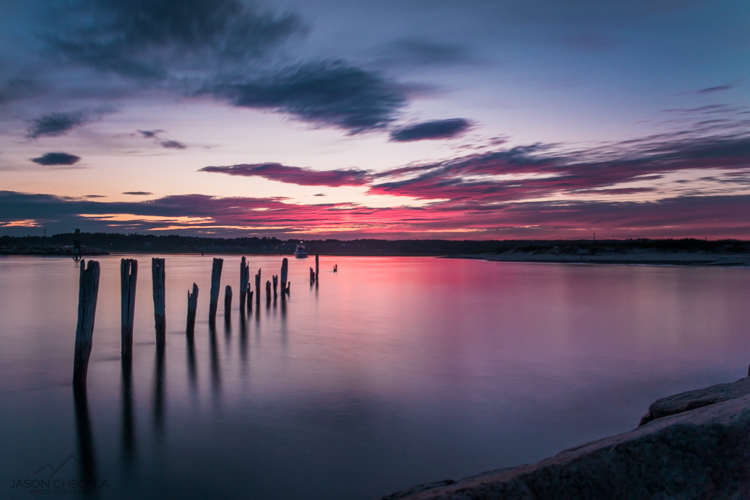





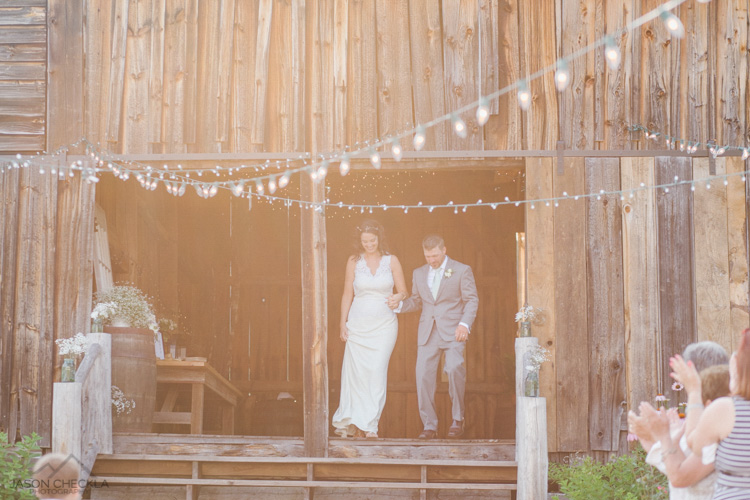


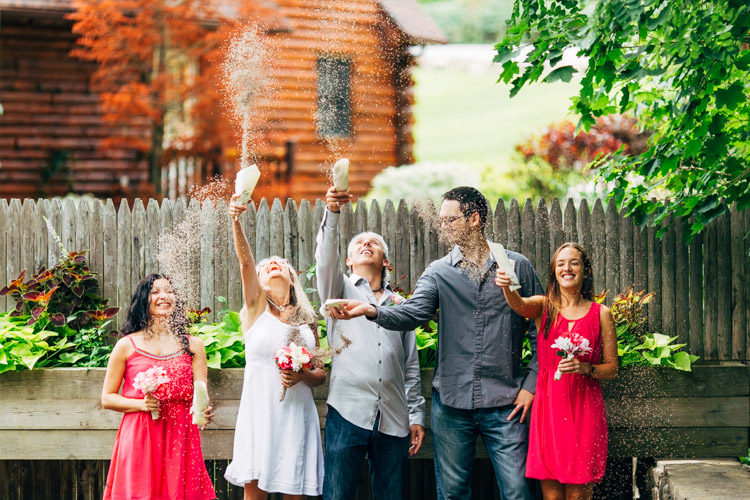

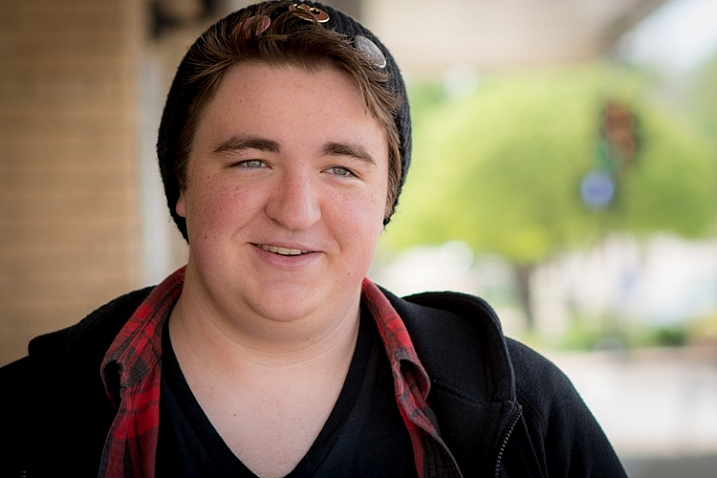
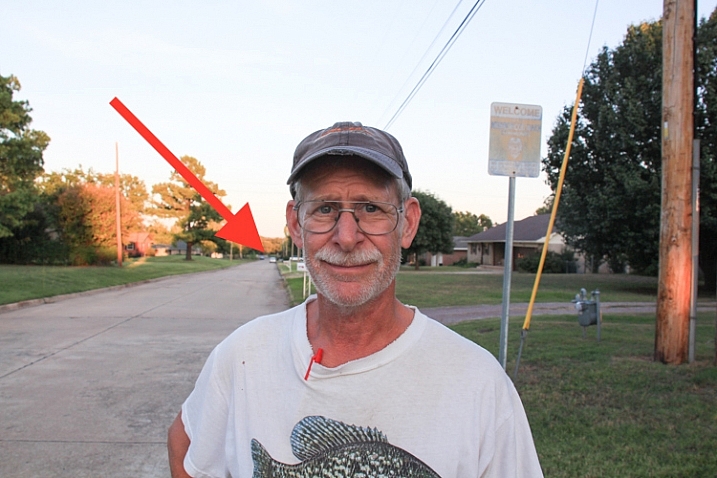






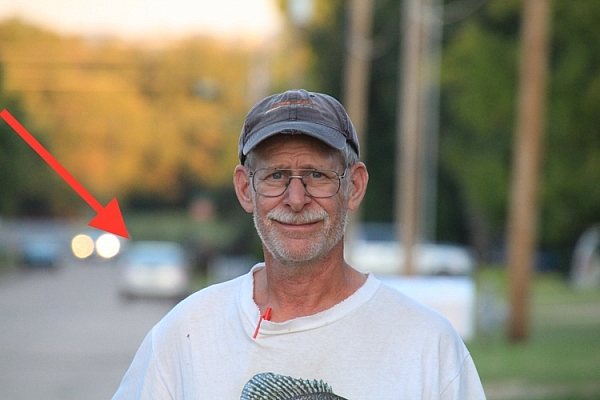



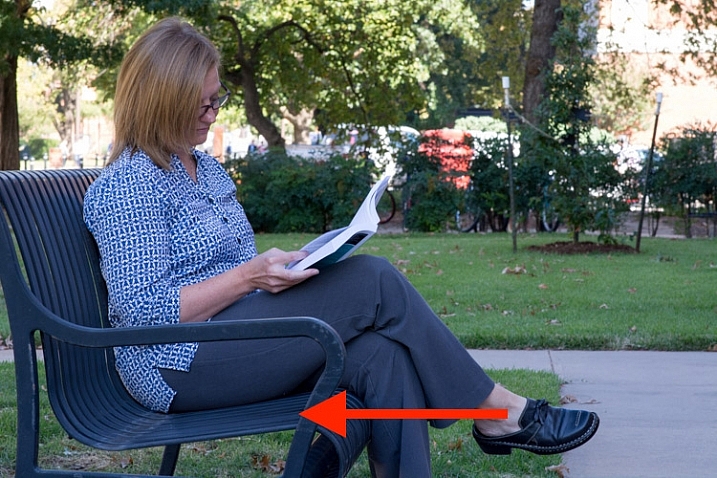








 Mastering Composition
Mastering Composition
You must be logged in to post a comment.